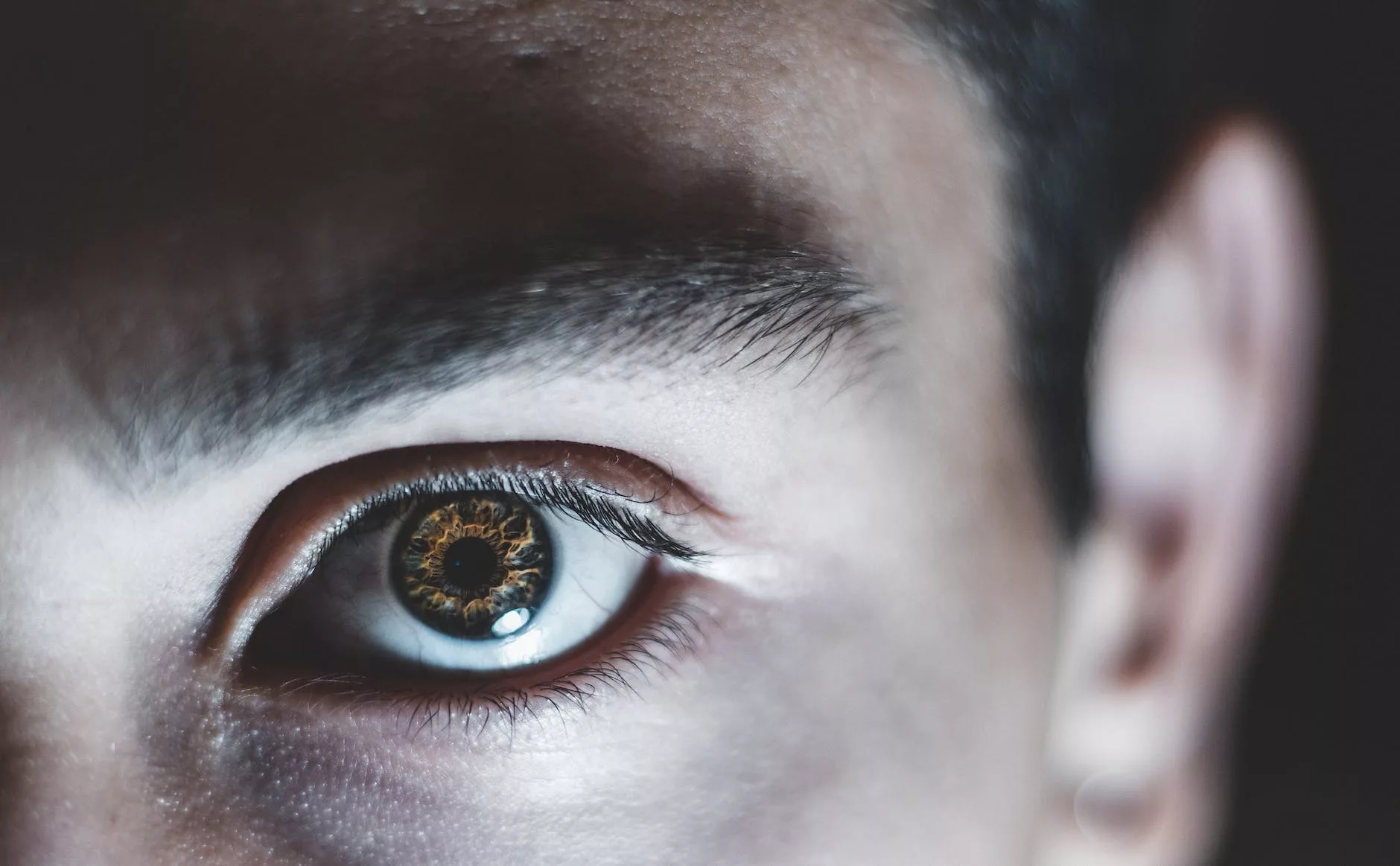Attention Deficit Hyperactivity Disorder (ADHD) is a common neurodevelopmental condition, often associated with children and predominantly males. However, ADHD affects women as well. The manifestations, impacts, and the necessary steps for diagnosis and treatment can differ significantly for women compared to men, thanks to a combination of biological and social factors. Let’s explore the complex world of ADHD in women, shedding light on the frequently overlooked female presentation.
ADHD: Same Disorder, Different Presentations
ADHD, irrespective of gender, affects the same brain regions and neurotransmitter systems. Its core deficits remain consistent across individuals. However, the symptoms – what others observe – can differ significantly based on biological differences between genders and social experiences.
The expectations society places on women, such as being good at planning, organizing, and other executive functions, can lead to an inconspicuous presentation of ADHD. Women tend to internalize their symptoms more than men, often presenting with inattentiveness rather than hyperactivity or impulsiveness.
For those who menstruate, the severity of ADHD symptoms can fluctuate during different stages of the menstrual cycle and during major hormonal shifts such as puberty, pregnancy, or menopause. These variations may necessitate changes in ADHD treatment strategies over time.
The Challenge of Diagnosis and Treatment
Despite the prevalence of ADHD in women, many healthcare providers may overlook it. This is, in part, due to the fact that most ADHD research has focused on males, leading to diagnostic criteria that may not align as well with the female presentation. Women with ADHD often find themselves misdiagnosed with depression or bipolar disorder, receiving improper or less effective treatments as a result.
Furthermore, women who internalize their symptoms are less likely to be referred for diagnosis, less likely to receive a diagnosis if referred, and less likely to be treated with stimulant medication even if diagnosed correctly. This is despite the fact that stimulant medication – the first-line treatment for ADHD – is equally effective for women as it is for men.
Social Pressures and Internal Struggles
Social pressures and expectations often lead women to work harder at fitting societal norms. This pressure can amplify their internal struggles, resulting in anxiety, self-esteem issues, and other internalizing problems. Such struggles can remain hidden due to societal expectations, potentially delaying diagnosis and treatment. In many cases, women do not realize the severity of their struggles until they reach a point of significant frustration.
The Importance of Understanding and Support
Research reveals that ADHD in women is typically more severe than it appears, with symptoms serving as external manifestations of internal struggles. In many cases, women underreport their symptoms, while men may overreport. This underreporting, combined with social and cultural pressures, can lead to a significant delay in diagnosis and treatment.
It’s essential to remember that if you’re struggling, there’s a reason behind it. If you suspect you may have ADHD, seeking the opinion of a specialist can make all the difference. Struggles being invisible to others doesn’t invalidate them.
Moreover, long-term issues faced by women with ADHD can be significant and detrimental to their overall wellbeing. These can include self-medicating leading to addiction or eating disorders, unplanned pregnancies, chronic pain, self-harm, and even attempts at suicide. These risks highlight the importance of early diagnosis and intervention.
The Need for More Research
While our understanding of ADHD in women has improved over the years, there is still a need for more research. This includes investigation into the impacts of hormonal fluctuations on ADHD and the prevalence and presentation of ADHD in the gender-diverse population. With more research, we can better support those with ADHD, regardless of their gender, and help them navigate
the challenges that come with their unique presentation of the condition.
Advocacy and Awareness
Advocacy and increased awareness play a crucial role in identifying and addressing ADHD in women. The reality is, many women suffering from ADHD often go undiagnosed or misdiagnosed for years or even decades, being treated for other mental health conditions before anyone recognizes the underlying ADHD.
This delayed diagnosis can lead to the development of dysfunctional beliefs about themselves and their abilities, which can significantly affect their self-esteem and mental health. By increasing awareness about ADHD in women, we can work towards earlier recognition, diagnosis, and proper treatment.
Moving Forward: Strategies for Management and Support
Given the potential for late diagnosis and the unique challenges women with ADHD face, it is crucial to provide tailored support and interventions. This includes acknowledging hormonal fluctuations and their impact on ADHD symptoms, adjusting treatments during various life stages, and ensuring that ADHD treatments align with the unique needs of women.
If you believe you might have ADHD, seek a specialist who is familiar with the condition and can provide a proper diagnosis. There are several options for managing ADHD symptoms, including behavioral therapies, medication, and lifestyle changes. Remember, the struggles you face are valid, and there is support available to help you navigate through them.
In Conclusion
ADHD in women is a complex issue that warrants greater understanding, research, and awareness. The symptoms and impacts of ADHD can differ greatly in women compared to men due to a combination of biological and social factors. Therefore, it is essential to educate ourselves and others about these differences to ensure adequate support and intervention are provided.
With the right approach and understanding, women with ADHD can manage their symptoms effectively and lead fulfilling lives. The challenges they face are not imaginary but rather a result of a complex interplay of biological and social factors. Recognizing and addressing these challenges is a significant step towards fostering an inclusive understanding of ADHD and its impacts across all genders.
So, whether you are a healthcare provider, a caregiver, an educator, or someone living with ADHD, strive to learn more about this condition. Together, we can help create an environment where every individual, regardless of their gender or the uniqueness of their ADHD presentation, feels understood, supported, and empowered to thrive.











